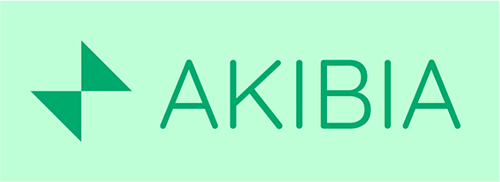[ad_1]
Shamir Karkal is the CEO and a co-founder of Portland, Oregon-based Sila, a payments technology company that equips developers with banking and payments software.
As the largest payments system in the U.S., ACH Network processed nearly $72.6 trillion in 2021, with payment volume growing 8.7% over 2020.
But one consistent criticism of ACH is the time it requires to process payments. It takes one to five days, depending on factors such as the day and time payments are posted, or whether they’re posted on weekends and holidays. The ACH Network is managed by Nacha and its operators are the Federal Reserve banks and The Clearing House (TCH).
So, with respect to improvements, the question is: What ACH challengers exist and are they really a threat to the ACH Network?

Sila CEO Shamir Karkal
Permission granted by Katie Morales
An ACH transfer is often referred to as a direct deposit, direct debit, auto-pay, electronic funds transfer or bank transfer. The ACH system is also the technology behind most peer-to-peer transfers made through services like Venmo, PayPal, Cash App and Zelle. The ACH system has proven to be scalable, secure, ubiquitous and reliable, but complaints about the processing times of ACH have persisted since a form of it began in 1972.
Most people consider the real-time payments network, known as RTP, as the most likely competitor to ACH for the foreseeable future. RTP was created in 2017 by The Clearing House and is the first major payments infrastructure initiative since the invention of cards 40 years ago. RTP moves funds from one Demand Deposit Account (DDA) to another in seconds. It does so 24 hours a day, 7 days a week, 365 days a year.
While RTP seems to be a better ACH system, there are drawbacks, including that only 61% of DDAs are accessible via RTP; payments are irrevocable; RTP transactions can be 10 times the cost of an ACH transaction; and RTP is a credit, or push-only, solution at the moment. A request-for-payment system is being tested, but is still far from launching.
It is often stated that consumers vote with their wallets. According to TCH, in the fourth quarter of 2021, 37.8 million RTP transactions closed at a value of $15.7 billion and that equated to 13% growth over the previous quarter. This data would suggest RTP is here to stay and gaining momentum on its older brother, ACH.
TCH isn’t alone in recognizing that the ACH network is long in the tooth. The Federal Reserve has announced its own instant payment system called FedNow, which is due to launch between May and July. Much like RTP, FedNow will be a 24/7/365 payments system focused on moving funds within a couple of seconds.
However, much like RTP, the FedNow system, even though not all program details are known yet, has a few limitations. They include that it has a push-only format; that the payments are irrevocable due to their instant nature; and that it is domestic-only (RTP is testing and collaborating on cross-border payments); and it has a $500,000 transaction limit (while RTP has a $1 million limit).
Assuming RTP continues its current rapid growth rate and FedNow achieves a similar pace, it would take RTP and FedNow a combined 10 to 15 years to catch up with ACH’s current transaction volume.
While overall transaction volume in the U.S. continues to increase, it will mainly be checks and credit cards that stand to lose market share to more affordable and efficient payment systems like RTP and FedNow.
Much like TCH and the Fed are cooperating in the ACH market, they will need to consider interoperability to create a truly ubiquitous real-time payment system.
[ad_2]
Source link

